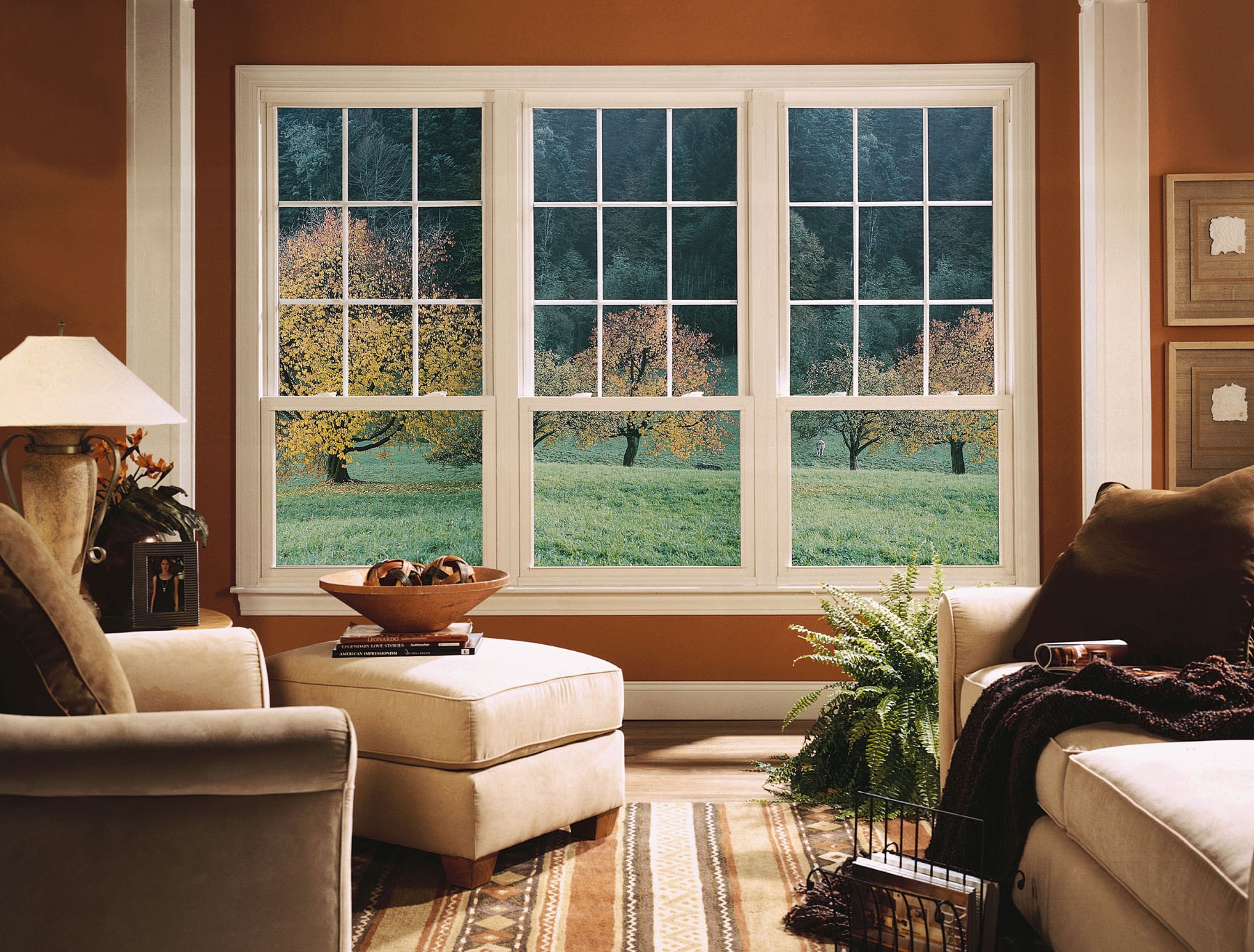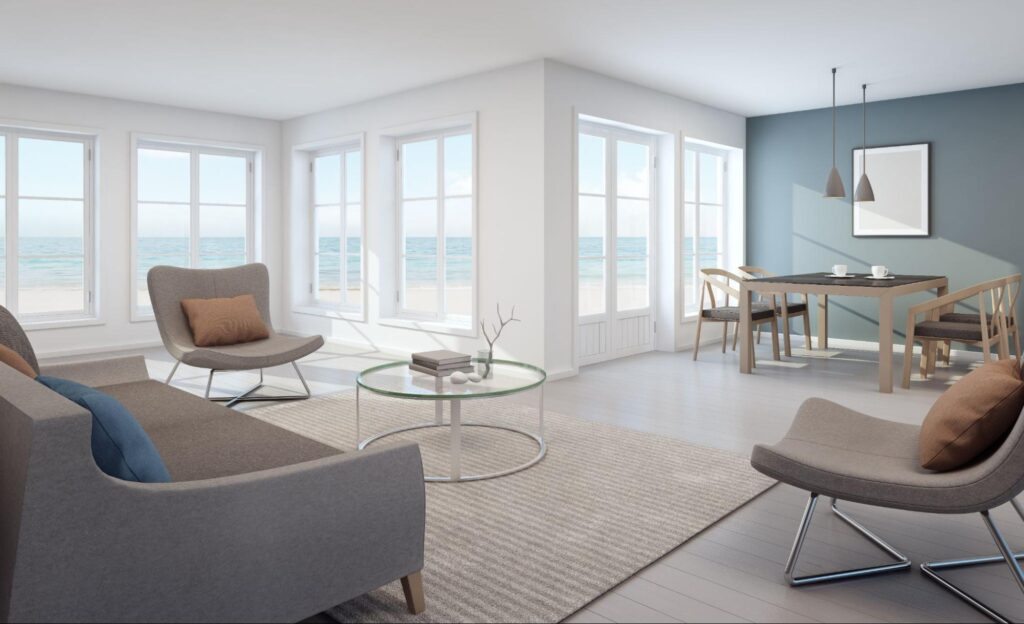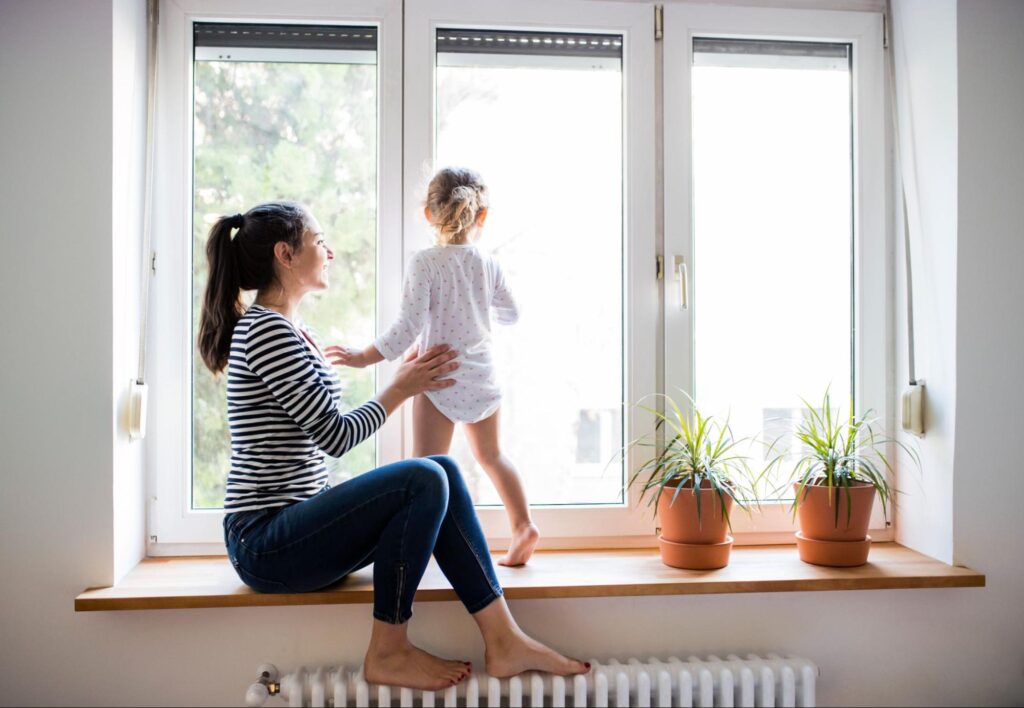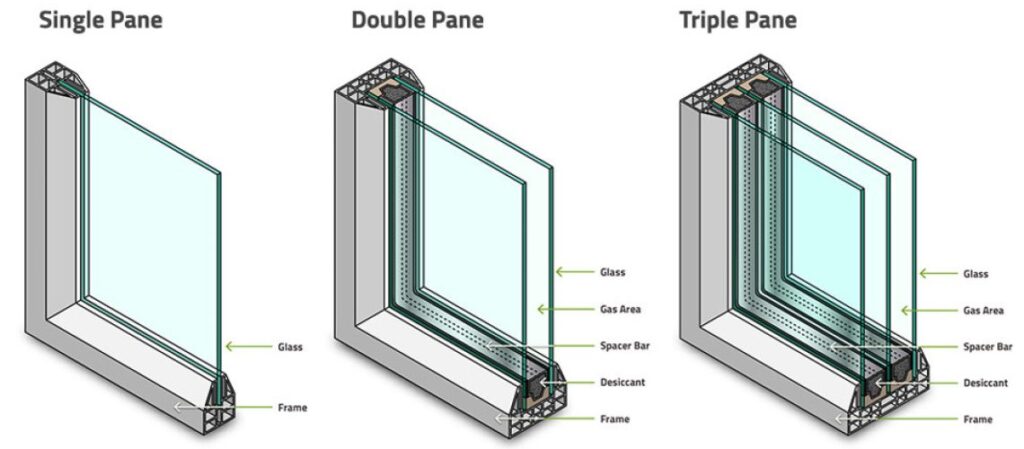If you’ve ever felt a draft sneak through your windows, even though they’re fully shut, your home’s insulation might not be as solid as you think. Replacing those old windows with energy-efficient ones might be a serious upgrade to your home’s insulation, keeping indoor temps steady and your energy bills in check.
At FHIA Remodeling, we’ve spent years working with Florida homeowners, upgrading their homes. We know exactly how to explain the impact of windows on home insulation. If you want to dig even deeper, you can browse our other blog articles for more insights or reach out to our experts for personalized advice tailored to your home.
The Role of Windows in Home Insulation
When most people think about home insulation, their minds might go straight to the fluffy stuff hiding inside the walls. But the impact of windows is just as important — sometimes even more so — when it comes to keeping your home comfortable year-round.
Windows are massive gateways for heat to sneak in during the summer or slip right out in the winter. Ever stood next to one in January and felt like you were practically outside? That’s a clear sign your windows’ insulation isn’t pulling its weight in your home insulation system.
Energy-efficient windows are built with advanced materials like low-emissivity (Low-E) glass coatings, gas fills between the panes, and high-quality frames that seal tight. These are designed to slow down heat transfer so your heating and cooling systems don’t have to work overtime just to keep things comfortable.
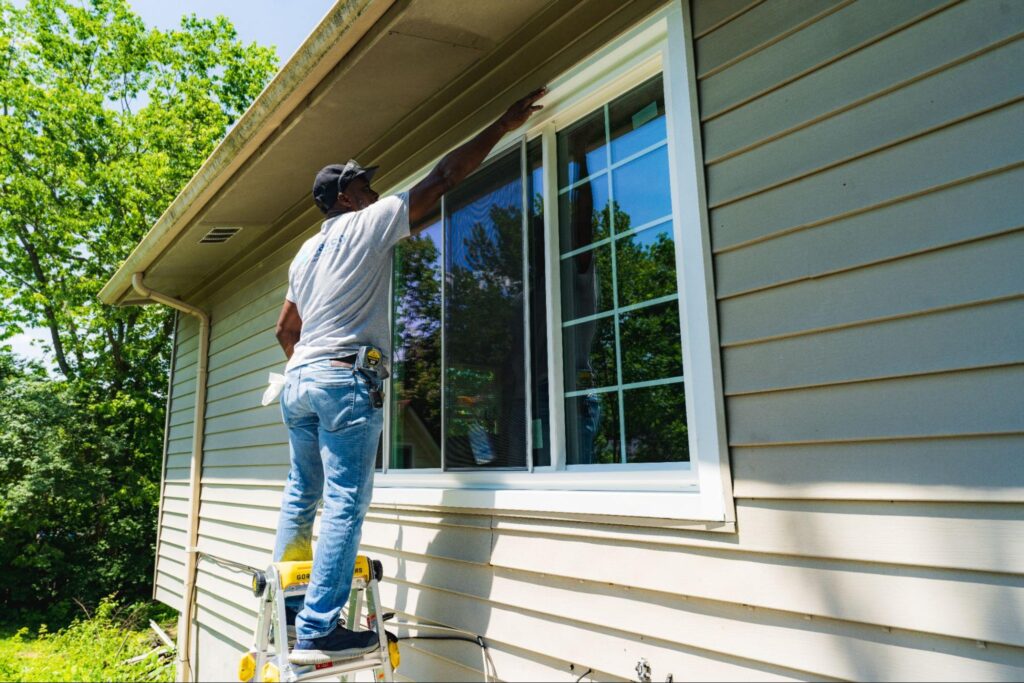
Types of Energy-Efficient Windows
If you’ve ever gone shopping for replacement windows, you’ve probably noticed there’s more than just one style claiming to cut your energy bills. Let’s break down the features each different type provides:
- Double-pane: The original energy-efficient windows include two sheets of glass with a little pocket of air (or sometimes gas) tucked between them. That gap works like a buffer, slowing the transfer of heat or cold from the outside to the inside and vice versa.
-
- Triple-pane: With three panes of glass and two insulating pockets in between, these take thermal protection to the next level, making them especially great for the extreme weather in Florida summers. Plus, the extra pane adds an extra layer of sound insulation, cutting down on outside noise pollution inside your home.
- Low-E glass: Low-E windows have a super-thin, invisible coating on the surface that bounces heat back to where it came from. This layer keeps your cool air inside during the summer and the heat locked in during winter.
- Glass-filled: These energy-efficient windows are filled with gases like argon or krypton instead of just regular air. These gases are denser than air, making them better at slowing heat transfer. Plus, the gasses are completely safe and invisible.
- Framed for efficiency: Frames also play a major role in your home insulation efficiency. Wood, vinyl, and fiberglass each have their own insulation properties, but some materials do better to prevent drafts and reduce heat loss. Vinyl frames, for example, provide solid insulation for windows, which fiberglass takes to another level.
Impact of Windows on Energy Efficiency and Cost Savings
The impact of windows, especially older models, on your home insulation system is significant. Every draft, leak, or poorly sealed frame forces your HVAC to work overtime, which means higher bills and more wear and tear on your equipment.
Energy-efficient windows step in to close those gaps — literally and figuratively. With specialized glass coatings, insulated frames, and airtight seals, they create a much better barrier between your home’s interior and the weather outside. That extra protection helps stabilize indoor temperature, meaning your HVAC system doesn’t have to kick into high gear just to keep you comfortable.
Replacement windows are an investment, but the long-term math tends to work in your favor. When your home holds onto conditioned air more effectively, your energy savings improve, and so do your utility bills. Month after month, those savings pile up, eventually making up for the initial cost.
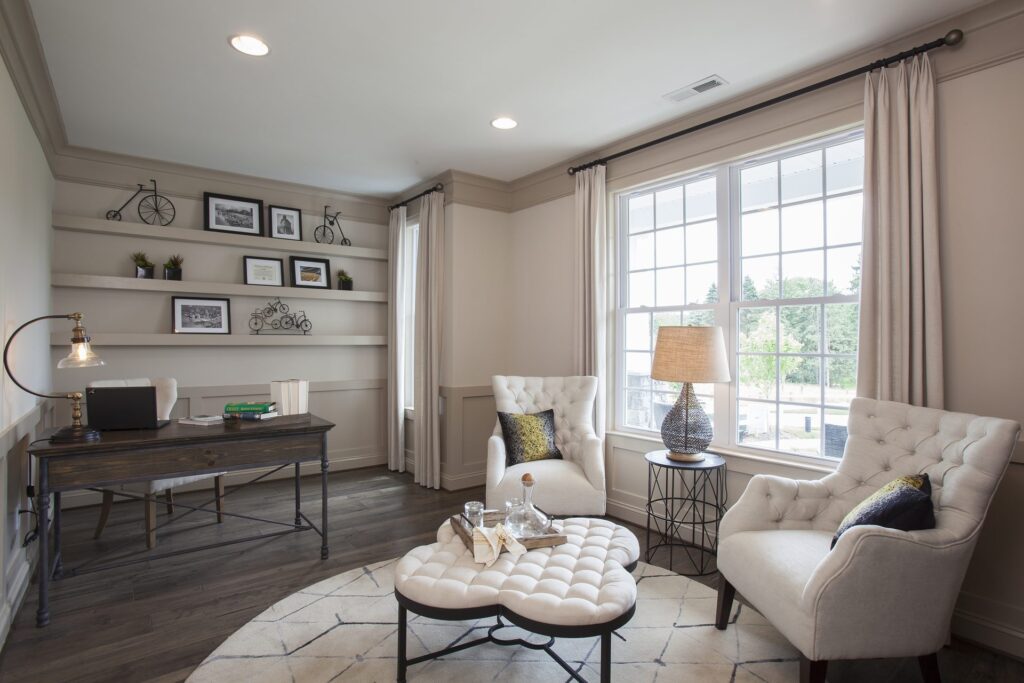
Enhancing Sound Insulation
Home insulation isn’t just about temperature control. Replacement windows play a big role in how much outside noise sneaks into your space. And just like with temperature, not all types have the best sound insulation.
Old, single-pane ones allow most noise to leak in. Thin glass, loose seals, and aging frames also create a clear path for sound waves to travel straight into your home.
Energy-efficient windows, especially double- or triple-pane, offer extra sound insulation. Those multiple layers of glass, combined with the gas tucked between the panes, work like a buffer, absorbing and scattering sound waves before they can make it inside your home. The snug, airtight frames also help cut down on those little spaces where sound creeps in, keeping your noise levels manageable.
Installation, Maintenance, and DIY Tips
The impact of windows on your home insulation can’t be overstated. But how they’re installed and cared for plays a huge role in how well they perform.
Professional Installation vs. DIY
You have two main paths for installing replacement windows: hire the pros or roll up your sleeves or go the DIY route. Both options have their pros and cons, but the right choice depends on your skill level, your patience, and how much you’re willing to gamble on your home’s insulation for windows.
Hiring professionals ensures you get everything sealed up and perfectly fitting on the first try. Proper installation is half the battle when it comes to insulation performance, and a less-than-perfect job can undermine even the most high-tech insulation for windows. Even the most energy-efficient windows won’t work well if they’re slightly crooked or have gaps around the edges. It’s worth noting the pros have all the tools and tricks to make sure they fit like a glove.
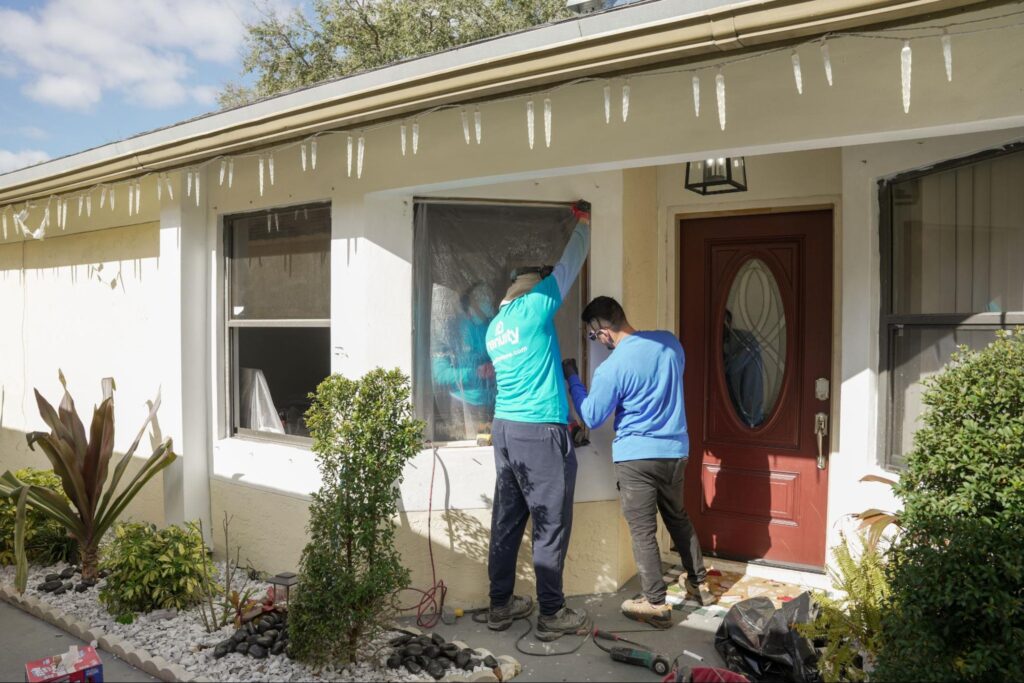
If you feel like your home requires a major upgrade or just want to hear a professional opinion, contact FHIA Remodeling. Our experts will be happy to help you find a solution that fits your needs and budget.
Sealing Techniques and Weatherproofing
Weatherproofing makes a huge difference in how effective your windows’ insulation is. Caulk is your first line of defense. This material seals the edges where your frame meets the wall. If you see cracks, gaps, or even the tiniest openings around the frame, sealing them with weather-resistant caulk helps keep outdoor air and condensation where it belongs.
For windows that open and close, weatherstripping is essential. This flexible seal fills in any space between the sash and the frame, stopping drafts without interfering with your windows’ function. Over time, weatherstripping can wear down or peel off, so giving it a quick check every season helps keep things tight.
If you want to go the extra mile, adding UV-blocking film can create an additional barrier against heat loss. It’s like adding a thin, invisible layer that helps lock in warmth without blocking your view.
Maintenance Tips for Long-Term Performance
Energy-efficient windows need a little regular maintenance to keep them working at their best for years to come. Start with the basics — keep the glass clean and check the frames, tracks, and seals while you’re at it. Dirt and debris can create tiny gaps for air to slip through, messing with your windows’ insulation.
Once or twice a year, especially after big seasonal shifts, take a minute to inspect the caulking or weatherstripping around each window. If anything’s cracked, peeling, or looking worse for wear, swapping it out is quick and inexpensive, and it makes a real difference.
A little lubrication goes a long way, especially if you have moving parts like cranks or sliders.. Sticking, creaking windows may prevent the sash from closing completely, leaving enough space for drafts to sneak in.
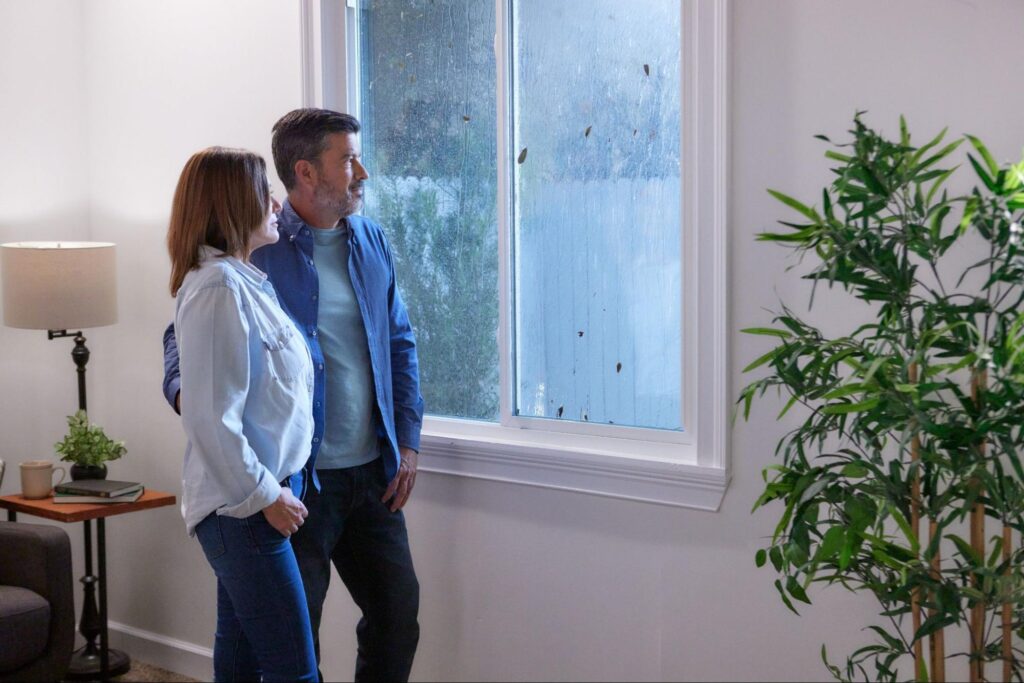
Conclusion
Your windows play a major role in upgrading your home installation, helping to keep your indoor temperature steady and your energy bills under control. If you’re building a new home or are ready to swap out your older, drafty ones, investing in energy-efficient windows can make your house more comfortable, quieter, and cheaper to heat.
If you want expert guidance or a stress-free installation from professionals who know how to maximize your energy efficiency, reach out to our team. Our renovation services can transform your home from the inside out.
Frequently Asked Questions
Do windows affect insulation?
Yes, the impact of windows on your home’s insulation is huge. Poorly sealed or outdated ones let heat slip in during summer and leak out in winter, forcing your HVAC to work harder. Upgrading to the best windows for insulation helps lock in comfort, cut down on wasted energy, and let in natural light.
Does replacing windows improve insulation?
Yes, swapping old windows for well-insulated ones improves temperature control, reduces drafts, and even helps with sound insulation. Newer models with multiple panes and airtight seals make a noticeable difference in comfort and energy costs.
Are triple-pane windows significantly better than double-pane windows for insulation?
Yes, especially in extreme climates like Florida. The extra pane adds another barrier against heat loss and outdoor noise, making triple-pane windows a solid investment for insulation for windows. But in milder areas, high-quality double-pane options with gas fills can still do a great job.
What is the best type of insulated windows?
The best option for new windows depends on your needs. Double- or triple-pane windows with Low-E coatings and gas fills are excellent for windows’ insulation. Pair them with a well-sealed frame for maximum efficiency.
How do low-emissivity (Low‑E) coatings work?
Low-E coatings are like invisible reflectors. They bounce heat back from where it came from, keeping warm air inside in the winter and blocking excessive heat in the summer. Plus, they reduce UV exposure, protecting your furniture from fading.
What maintenance practices help maximize the performance of insulated windows?
Keep the glass and frames clean, check weather stripping, and inspect caulking regularly. Seals wear down over time, and small gaps can undo all the benefits of your windows’ insulation. A little upkeep keeps energy efficiency high.
What is the best thing to insulate windows with?
If replacement windows aren’t in the budget, weatherstripping and caulk help seal leaks. For extra insulation, try window film, thermal curtains, or even insulated cellular shades — they’re quick fixes that boost insulation for windows without significant renovations.
